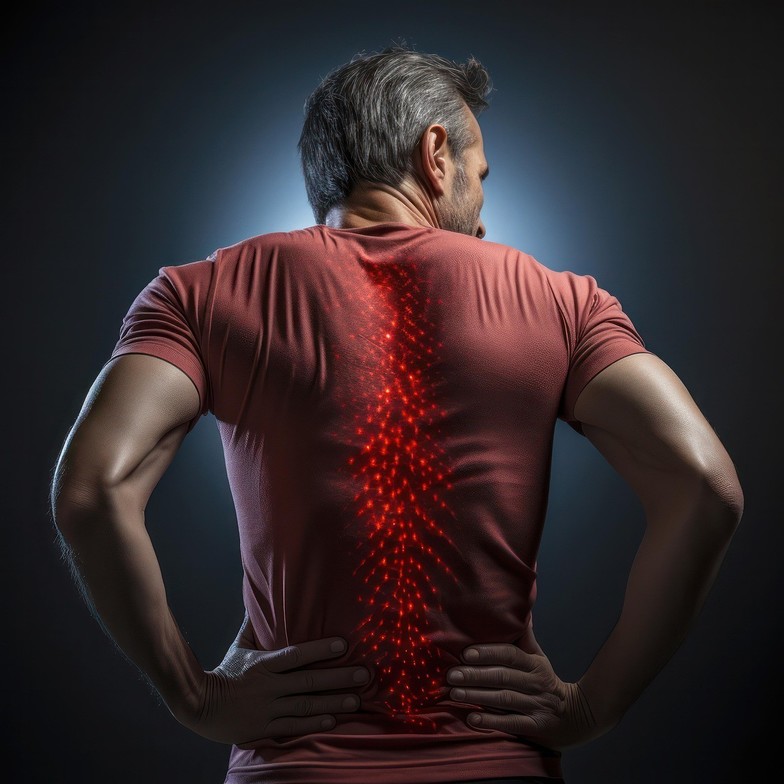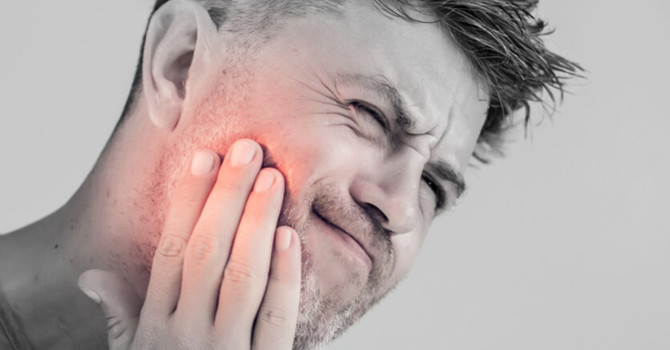
Top 5 Causes of Lower Back Pain & How Physiotherapy Can Help
Lower back pain is one of the most common complaints, affecting people of all ages and lifestyles. Whether it stems from an injury, poor posture, or underlying health conditions, it can significantly impact daily activities. Fortunately, physiotherapy provides effective solutions to relieve pain, restore mobility, and prevent recurrence. Below, we’ll explore the top 5 causes of lower back pain and how physiotherapy can help.
1. Poor Posture & Sedentary Lifestyle
Many people spend long hours sitting at a desk or looking at screens, often with poor posture. Slouching, forward head posture, or sitting without proper back support places excessive strain on the lower back. Over time, this leads to muscle imbalances, spinal misalignment, and increased stiffness, making movement more difficult and painful. Additionally, lack of regular movement can weaken core muscles, further exacerbating discomfort and increasing the risk of injury.
How Physiotherapy Helps:
- Postural assessments to identify imbalances and misalignments
- Ergonomic recommendations for workspaces to promote better spinal alignment
- Core strengthening exercises to support the spine and maintain good posture
- Mobility exercises to improve flexibility, reduce stiffness, and encourage proper movement patterns
2. Muscle Strains & Ligament Sprains
Overstretching, sudden movements, or improper lifting techniques can lead to muscle strains or ligament sprains. These injuries often occur due to overuse, repetitive strain, or lifting heavy objects incorrectly, causing localized pain, inflammation, and limited movement. If left untreated, compensatory movement patterns may develop, placing further stress on surrounding muscles and joints.
How Physiotherapy Helps:
- Manual therapy techniques to release muscle tension and improve blood flow
- Soft tissue release to enhance healing and promote faster recovery
- Strengthening exercises to restore stability and prevent re-injury
- Education on proper movement patterns and lifting mechanics to avoid future strains
- Electrical Stimulation (TENS/IFC) to relax tight muscles and improve circulation
3. Osteoarthritis & Joint Degeneration
Osteoarthritis (OA) is the most common form of arthritis affecting the lower back. It occurs due to the gradual breakdown of cartilage between the joints, leading to stiffness, inflammation, and pain. Over time, the loss of cushioning between vertebrae can cause bone-on-bone friction, resulting in painful movement and reduced flexibility. As OA progresses, it can lead to spinal stiffness, reduced mobility, and the development of bone spurs, which may contribute to nerve compression and increased discomfort. This condition often worsens with age, impacting daily activities such as walking, bending, or even getting out of bed.
How Physiotherapy Helps:
- Low-impact exercises to maintain spinal mobility and reduce joint stress
- Joint mobilization techniques to improve flexibility and alleviate stiffness
- Strength training to support surrounding muscles and reduce the load on affected joints
- Pain management strategies such as heat therapy, elecrotherapy (IFC/TENS), exercise therapy, and manual therapy techniques to alleviate stiffness and discomfort
4. Herniated Discs, Nerve Compression & Degenerative Disc Disease (DDD)
A herniated or bulging disc occurs when the soft inner portion of a spinal disc pushes through its outer layer, potentially compressing nearby nerves. This can cause sharp pain, numbness, or tingling sensations radiating into the legs (sciatica). Degenerative Disc Disease (DDD) occurs when spinal discs lose hydration and elasticity over time, leading to chronic pain, reduced flexibility, and an increased risk of nerve impingement.
How Physiotherapy Helps:
- Spinal decompression exercises to relieve nerve pressure and improve disc function
- Targeted core and back strengthening to provide better spinal support and stability
- Manual therapy techniques to improve spinal alignment and mobility
- Education on safe movement and lifting techniques to prevent worsening symptoms
- Nerve mobilization exercises to reduce nerve irritation and improve function
5. Sacroiliac (SI) Joint Dysfunction
The sacroiliac (SI) joint connects the spine to the pelvis and plays a critical role in weight-bearing and movement. Dysfunction in this joint can result from trauma, pregnancy, hormonal changes, or excessive repetitive movements, causing inflammation and pain. SI joint dysfunction often leads to pain in the lower back and buttocks, which may worsen with prolonged standing, walking, or transitioning between sitting and standing.
How Physiotherapy Helps:
- SI joint mobilization techniques to restore movement and reduce joint restrictions
- Strengthening exercises for core and pelvic stability to prevent joint misalignment
- Soft tissue release on surrounding structures
- Postural correction strategies to balance weight distribution and reduce stress on the SI joint
- Stretching techniques to relieve tension in surrounding muscles, such as the hip flexors and glutes
- Functional movement training to help patients regain confidence in daily activities
Take the Next Step Toward Relief
Lower back pain doesn’t have to limit your life. Physiotherapy offers a holistic, non-invasive approach to managing and treating pain effectively. By addressing the root cause of discomfort, improving mobility, and strengthening the body, physiotherapy empowers individuals to regain control of their health and prevent future injuries.
If you’re experiencing persistent lower back discomfort, a physiotherapist can create a personalized treatment plan tailored to your needs.
Ready to take control of your back health? Book a physiotherapy session today and start moving pain-free!

Kassandra Harder
Contact Me



